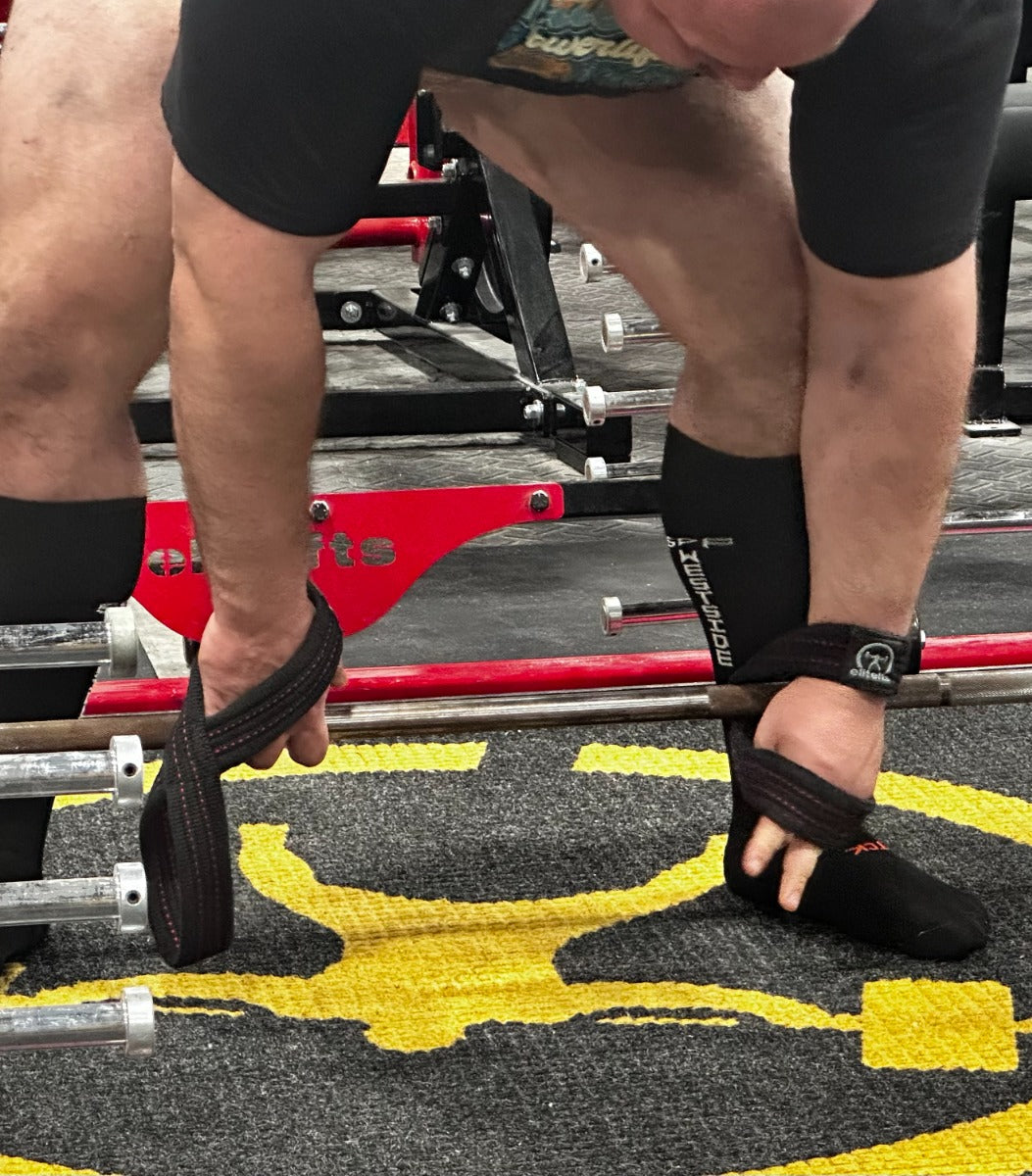elastic resistance bands for physical fitness training has become increasingly popular. Physical preparation coaches, rehab specialists, physical therapists, personal trainers, and athletes all use these tools for a multitude of purposes. In the powerlifting and strength training community, they are most commonly known for being used extensively by Westside for accommodating resistance and over-speed eccentric purposes. Within the world of physical therapy, they are used as a means of resistance to aid in the rehabilitation of various injuries. This video shows the typical use of bands for accommodating resistance with the bench press: Here is how bands are typically used for rehabbing a rotator cuff injury: There is no doubt that, as a physical preparation coach, you and your athletes are at the mercy of the facilities and equipment you are able to access. While speaking in theory and hypothetical terms is fantastic and stimulates great conversation, at the end of the day you probably aren’t in a perfect facility with all the equipment you want or need. Thus, you are forced to adjust to the situation you are given and make the best of what you have available. During my time at Waynesburg University, I had access to an abundance of
elitefts™ bands — a large number of every size and strength. This allowed me to make several key adjustments with the specific facilities and equipment we had access to. Below is a list of facility/equipment problems and how bands were able to help in each case.
No access to hills or sleds for resisted sprints
During our off-season program, resisted sprints are an integral part of our program, as influenced by the late Charlie Francis. Because the amount of athletes on a football team is large and each training session had at least 20 players present, we needed a logistical way to get them all through resisted sprinting. Because it was winter in western Pennsylvania, going outside in the freezing snow was out of the question. We also did not have enough sleds, or those which are safe to use on wooden floor. In order to solve this problem, we came up with a way to use ourelitefts™ bands as the resistance for our sprints. The way they were used is shown in the videos below: What we did was take one average or light band and attach it to two elitefts™ mini bands to make a “harness” and “line,” similar to a sled. As for the execution, your eyes and stopwatch will be your best friends in making sure that the work done is objective. If you have time, and experience, with your athletes on hill sprints, then you can simply adjust the
resistance from the bands, and the partner holding the bands, to match those times.
No cable cross machine
Because we did not have a cable cross machine, we had to rely on the use of bands to help develop our athletes’ shoulder girdle and rotator cuff. Below are some exercise examples that would typically be performed on a cable cross, but shown usingelitefts™ bands: If you look closely in the videos, you’ll notice that I have two bands attached together. Now, I’ve never seen anybody else do a lot of rotator cuff work this way, so I have no idea whether or not I “invented” it or not, nor do I really care. From my experience, and the feedback on the athletes and clients I’ve worked with, everybody prefers to do these specific exercises with two bands looped together, rather than with just one looped on a support. Doing this allows you more options with how much resistance you use. For instance, you could use the following combinations:
Two EliteFTS™ Micro-Minis
One EliteFTS™ Micro-Mini and
One EliteFTS™ Mini
Two EliteFTS™ Minis
One EliteFTS™ Mini and
One EliteFTS™ Monster Mini
Two EliteFTS™ Monster Minis










































































































